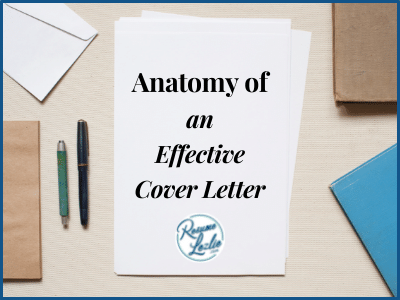Updated: December 29, 2023
Cover letters get a lot of shade.
I get it.
After 8+ years as a resume writer and career coach, I’ve heard all the talk out there about how cover letters aren’t important because they never get read.
But the fact is, they often do.
And when they do, they can have a big influence on your chances of success.
A recent survey of 7,287 job application submissions and 236 hiring professionals found that:
“applications with tailored cover letters yield just over 50% more interviews compared to those without.”
It also revealed that:
“a whopping 87% of employers read cover letters. Even more startling, 65% of employers said that cover letters influenced who they interviewed and hired.”
So, even though many recruiters won’t read your cover letter – many will.
And since you never know who’s going to be on the other end of that application, it’s always best to include a cover letter.
A really good cover letter can help you:
- Showcase your research about the company
- Expand on accomplishments
- Delve into transferable skills
- Highlight your connections
- Explain work gaps
Got it? Good.
Wanna make sure your job search is on point and get expert job search advice slow-dripped into your inbox weekly?
Join the Career Courage Club.
Important Sections of Your Cover Letter
Now, in case you’re thinking,
Okay fine, Lezlie, I get that cover letters are important – but what the heck do I say?
I’ve got ya covered. (pun intended😎)
Important sections of your cover letter include:
- Your contact info
- Their contact info
- Salutation
- Hook
- Proof
- Closing
- Sign-off
Your Contact Info
Your contact info should be included at the top, and it should be formatted the same as your resume, for consistency in your professional brand.
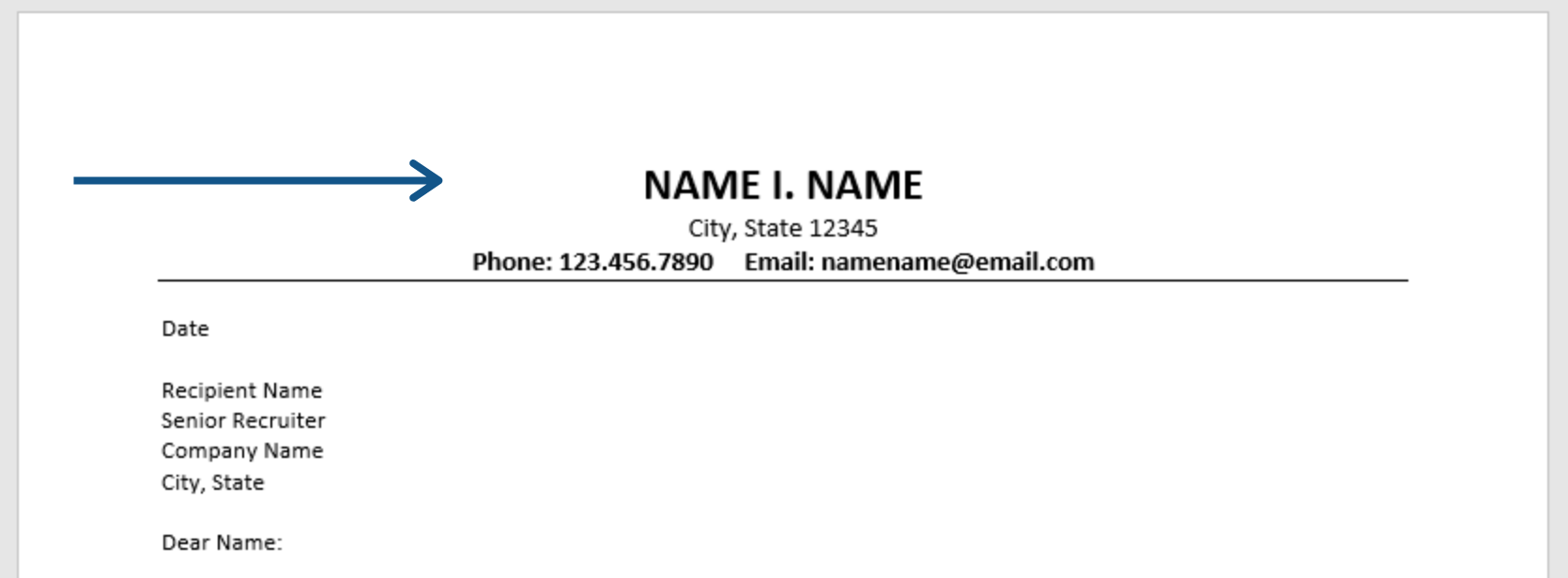
Their Contact Info
Their contact info comes next, and you should try to include as much as you can find about the recipient.
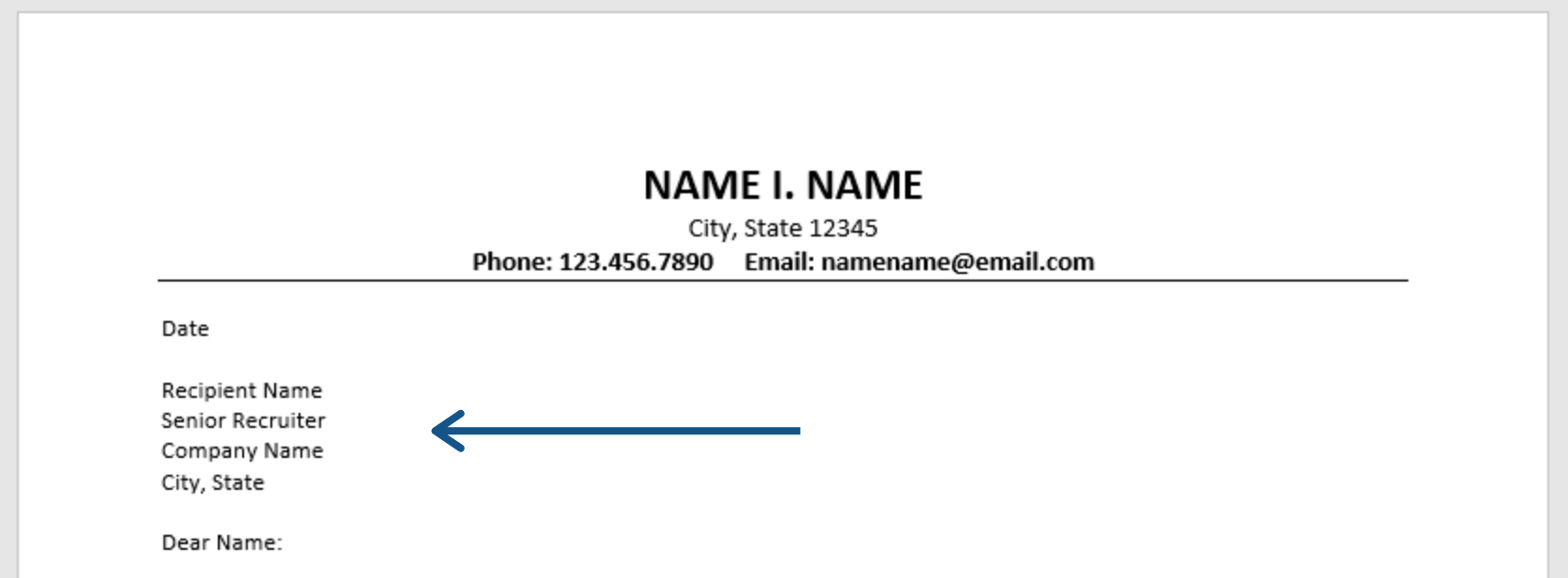
Salutation
Your salutation should include their name or job title whenever possible, or just a general salutation if you don’t have those details.
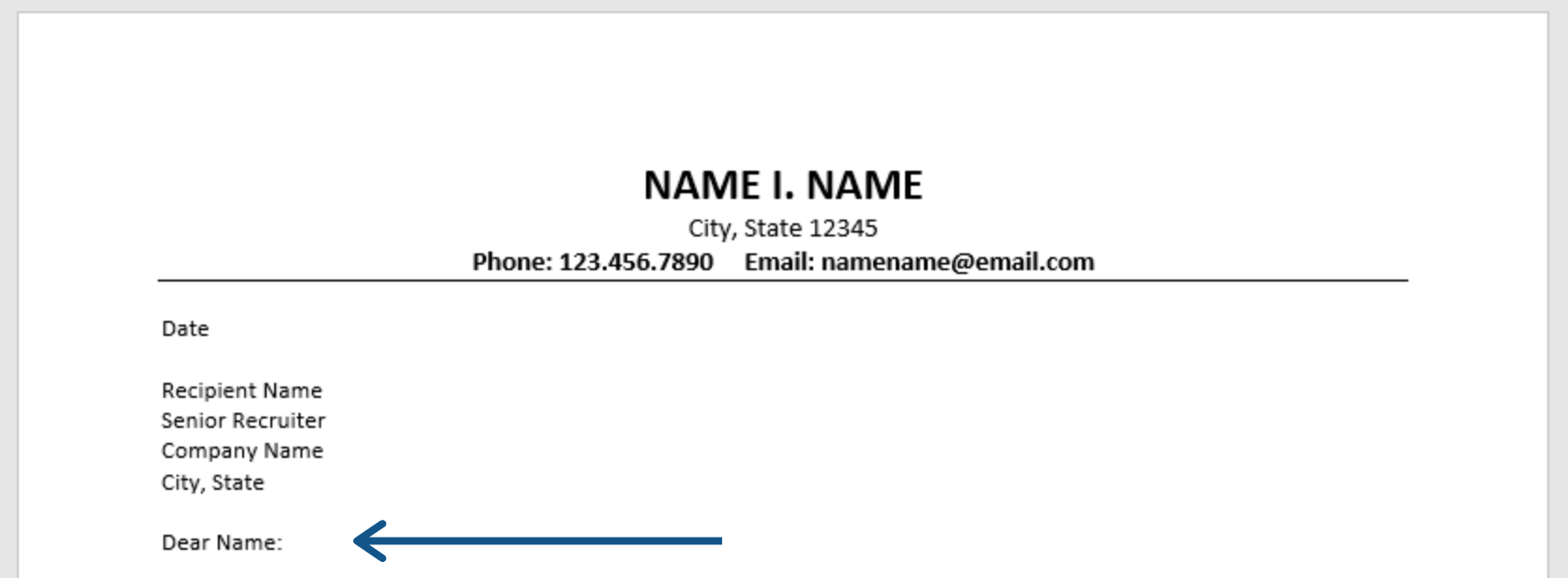
Hook
Your hook is what starts the body of your letter. It should be something compelling that catches the reader’s attention right away.
Examples of a hook may be to mention the person that’s referring you for the role, it can be a strong statement about your professional brand or mission, or it can be an interesting backstory about what makes you such a good fit for the company or role.
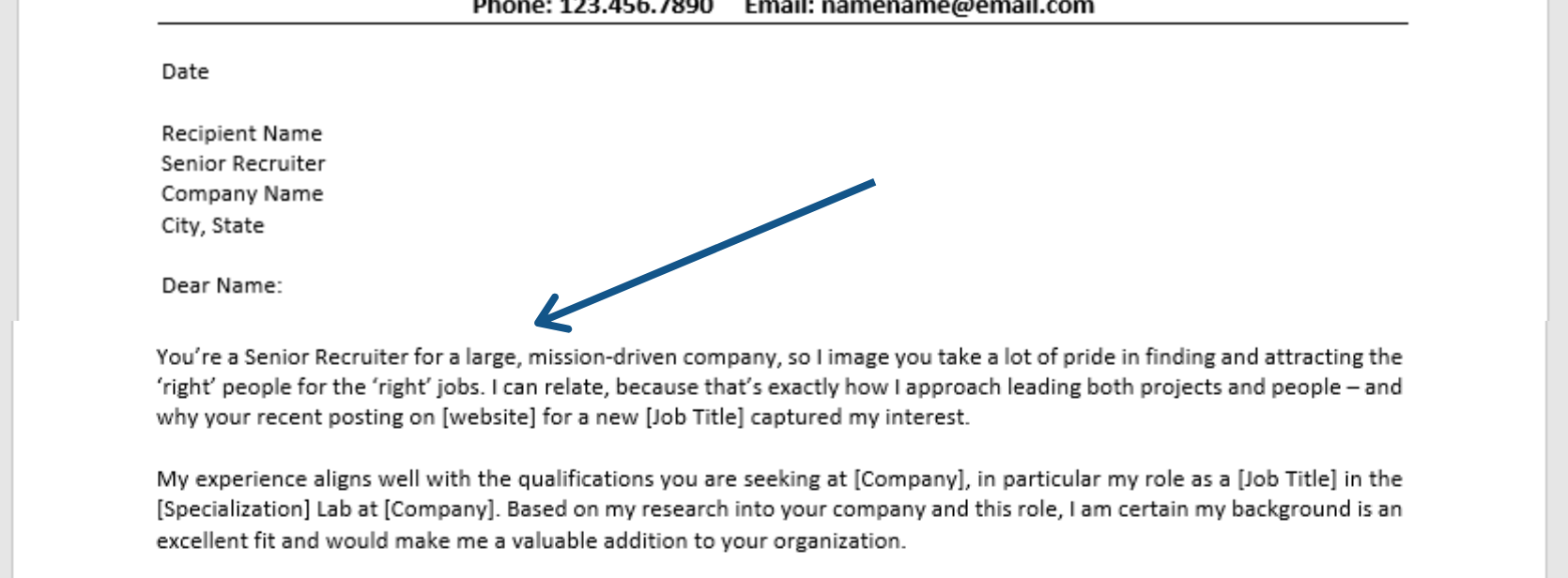
Proof
Your proof comes next, and it should be a compilation of the skills, experience, and achievements from your career that are most relevant to this particular role.
Incorporate keywords while highlighting your skills and accomplishments and get the reader(s) to want to know more about you and how you can help them.
You can include some of your skills in paragraph form, but it’s most beneficial to include bullet points for the 4-5 major proof points you want to emphasize.
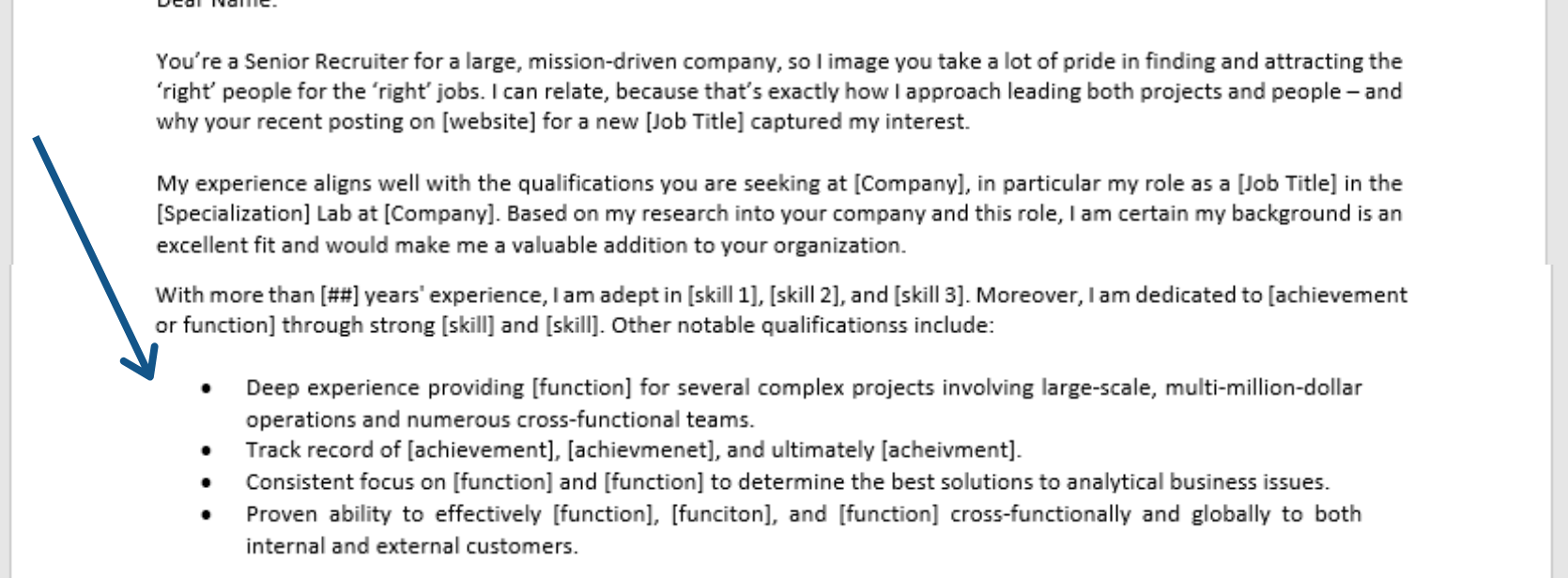
Closing
Your closing should provide some final thoughts about why you’re an outstanding candidate. This may include your educational foundation, a personal passion of yours, or something else that aligns closely with the company or job.
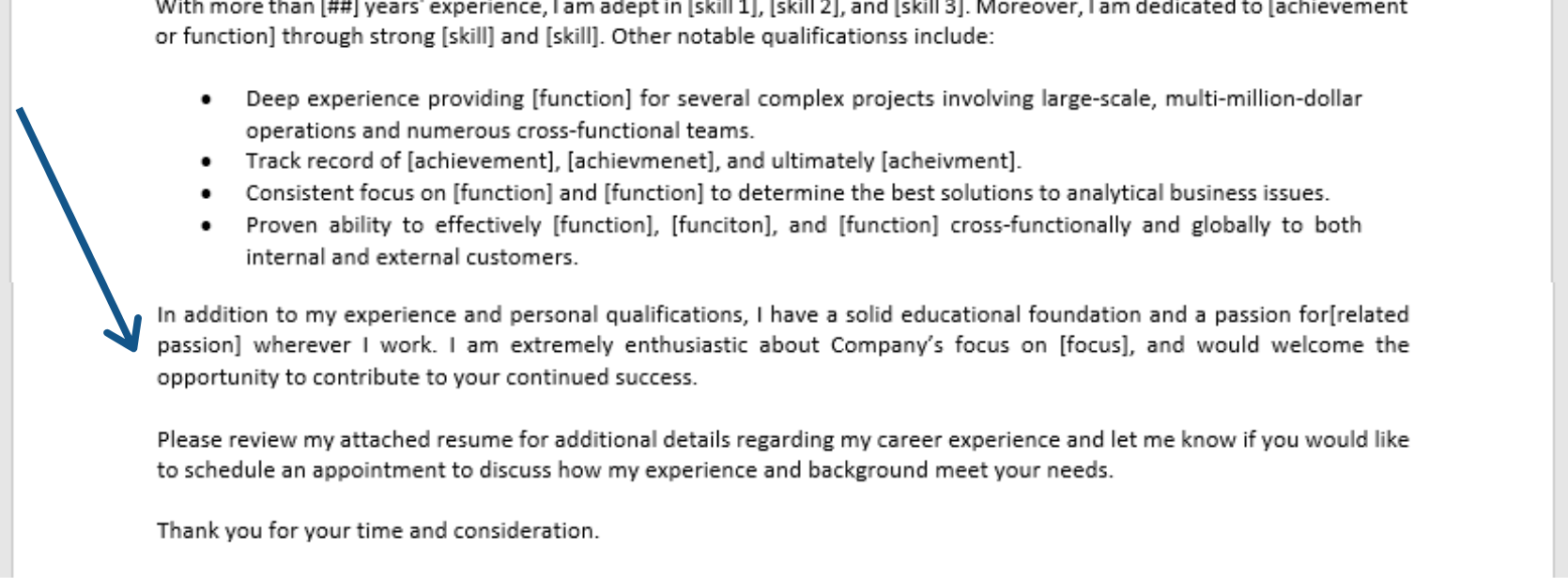
Sign-Off
Your sign-off should include your name, email address, and phone number.
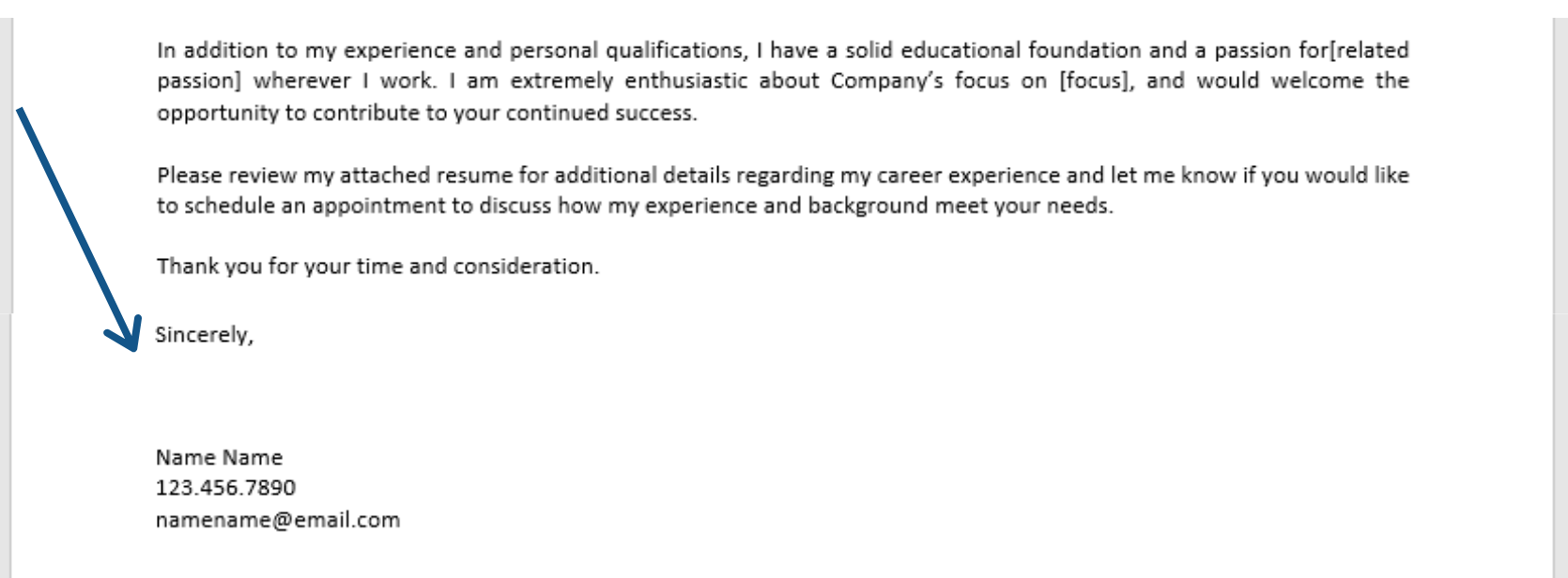
With all the sections in place, you’re ready to ‘Wow’ recruiters and other hiring decision-makers!
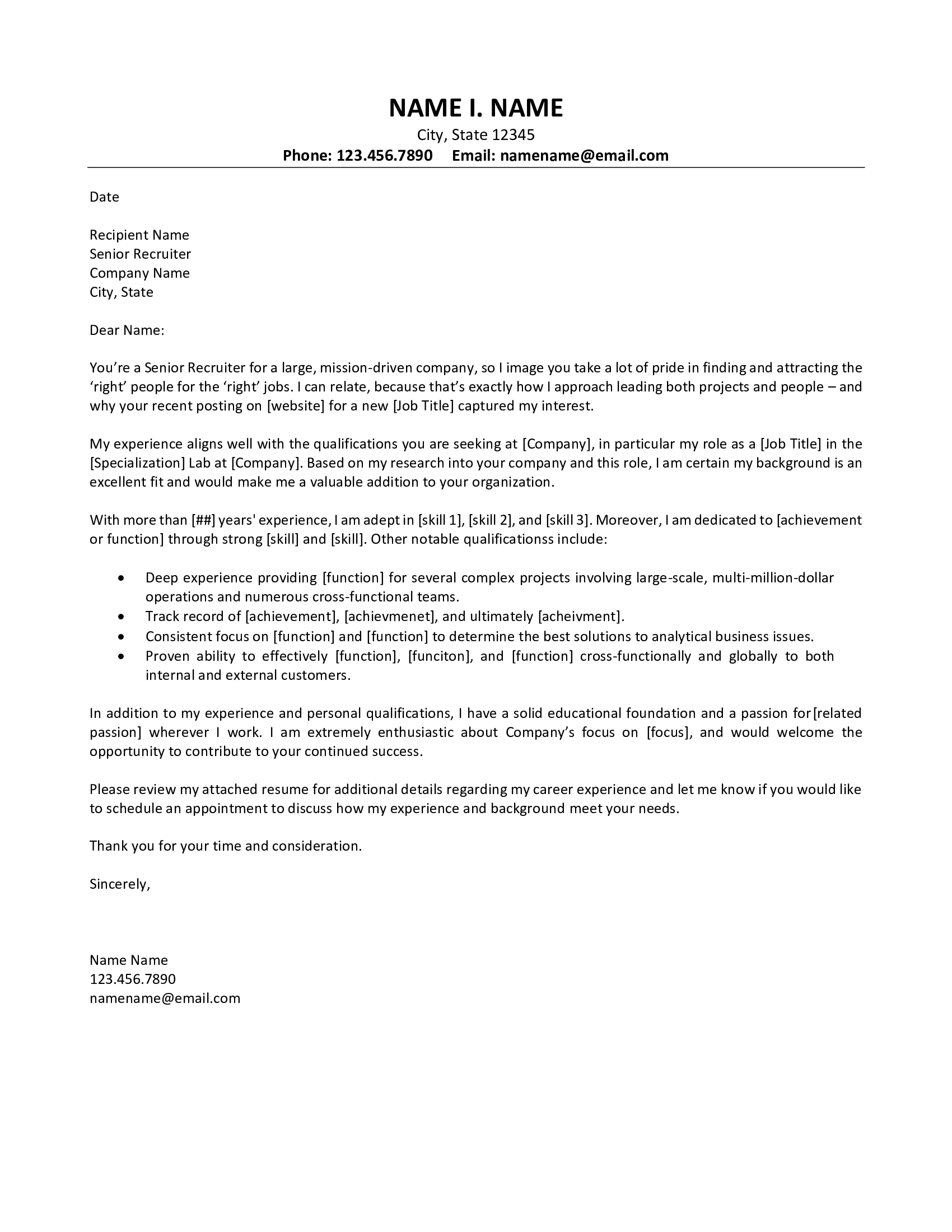
Looking for more insights?
Get the Cover Letter Quickie – Stop staring at a blinking cursor, and know exactly what to write, every time.
- By the end of this quick mini course, you’ll be able to write a kick-ass cover letter (no matter your industry or career level) that cuts through the b.s., tells your story, showcases your value, and gets you results.
